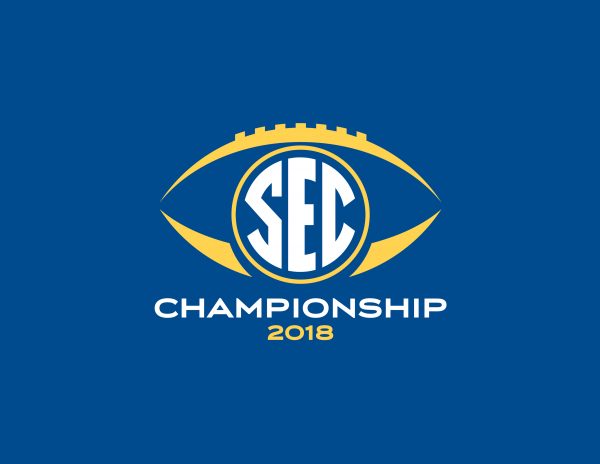BIRMINGHAM, Ala. – The Southeastern Conference will implement the use of a visible television timeout countdown clock on the field at all 14 SEC on-campus football venues for the 2018 season the conference announced on Tuesday. The on-field display will allow fans, game officials and both teams to view the remaining time during each television commercial stoppage from anywhere in the stadium.
“The use of a visible timeout countdown clock will provide fans in particular an opportunity to know when a game will re-start after a television timeout and hopefully give some definition to the perceived delays in a game,” stated SEC Commissioner Greg Sankey. “The clock will also give teams, game officials and event administrators more definitive information for time management in their respective areas of the game.”
The display is operated by the TV timeout coordinator, or ‘Red Hat,’ on the field during television commercial breaks and is turned off during routine game action. The time shown on the TV timeout countdown clock will be the official time remaining in a timeout. When the display reaches zero, the game officials will make the ball ready for play. This will require both teams to be ready on the field and the television production to be back from its commercial break.
The TV timeout countdown clock will also be utilized at three off-campus Southeastern Conference games played during the regular season including Georgia vs. Florida in Jacksonville, Fla., Arkansas vs. Texas A&M in Arlington, Texas and Ole Miss at Arkansas in Little Rock, Ark., as well as the SEC Championship Game on December 1, in Atlanta, Ga., at Mercedes-Benz Stadium. The clock will not be used at neutral site games involving non-conference opponents, such as games to be played on opening weekend in Houston, Arlington, Atlanta and Orlando.
The SEC worked with Victory Game Clocks to develop the TV timeout countdown clock for the upcoming football season. The countdown clock is a variation of the company’s eDown digital product currently utilized at several SEC schools, the SEC Football Championship Game, and a number of bowl games. Both projects are a by-product of the Auburn University Economic Development Administration (EDA) program, where prototypes and final design were completed by a group of 16 Auburn students in the program.






